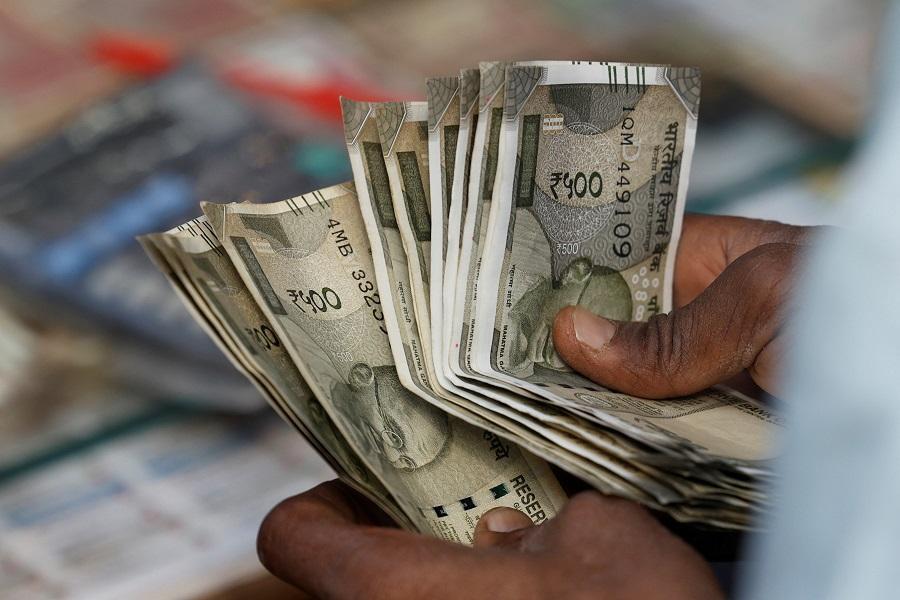
Rupee set to open weaker as Trump threatens 25% tariff on exports
In a move that is likely to send shockwaves through the Indian financial markets, U.S. President Donald Trump has threatened to impose a 25% tariff on Indian exports to the United States. This sudden development has prompted traders to expect the Indian rupee to open weaker on Thursday, with many speculating that the Reserve Bank of India (RBI) may intervene to stabilize the currency.
The rupee had been trading relatively stable in recent weeks, buoyed by a slew of foreign investment inflows and a robust economy. However, the latest threat from Trump has sent the currency plummeting, with the 1-month NDF (non-deliverable forward) suggesting an opening range of 87.66-87.69, versus 87.42 previously.
The rupee’s weakness is attributed to the fact that India is one of the largest recipients of U.S. foreign aid and is also a significant export market for American goods. The threat of a 25% tariff on Indian exports could have significant implications for India’s economy, which is heavily dependent on exports.
Furthermore, the rupee’s weakness is likely to amplify the effects of the tariff threat, making imports more expensive and potentially leading to higher inflation. This could have a ripple effect on the entire economy, leading to higher interest rates and potentially even a slowdown in economic growth.
The RBI has been keen to maintain the rupee’s stability, and traders are expecting the central bank to intervene in the foreign exchange market to prevent the currency from plummeting. The RBI has been known to take measures to stabilize the rupee, such as selling dollars or other foreign currencies to support the currency.
In recent weeks, the RBI has been engaged in talks with the U.S. government to resolve the trade dispute, which has seen the two countries impose tariffs on each other’s goods. The talks have been ongoing, but the latest threat from Trump has sent tensions soaring.
The impact of the tariff threat on the rupee is likely to be significant, with many analysts predicting a sharp decline in the currency’s value. The rupee has already slumped 12% this year, and the latest development is likely to exacerbate the situation.
The Indian rupee’s weakness is also likely to have implications for the country’s financial markets, with the benchmark Sensex index likely to take a hit. The Sensex has already been under pressure in recent weeks, driven by concerns over the trade dispute and the potential impact on the economy.
In conclusion, the threat of a 25% tariff on Indian exports by U.S. President Trump has sent the rupee tumbling, with traders expecting the currency to open weaker on Thursday. The RBI is likely to intervene in the foreign exchange market to prevent the currency from plummeting, but the impact of the tariff threat on the rupee and the economy is likely to be significant.






